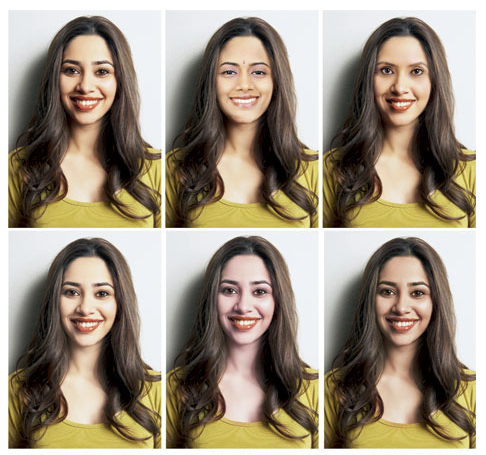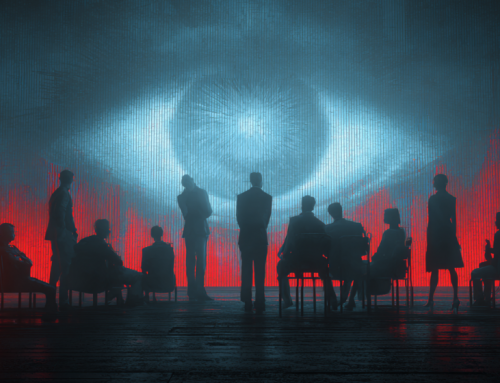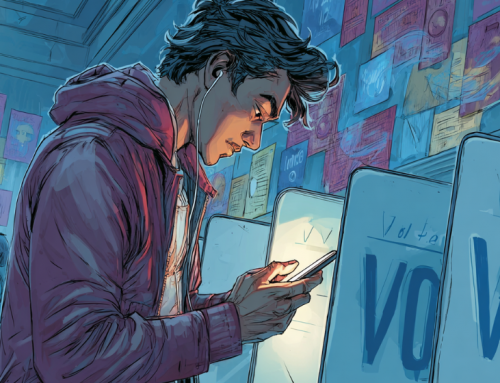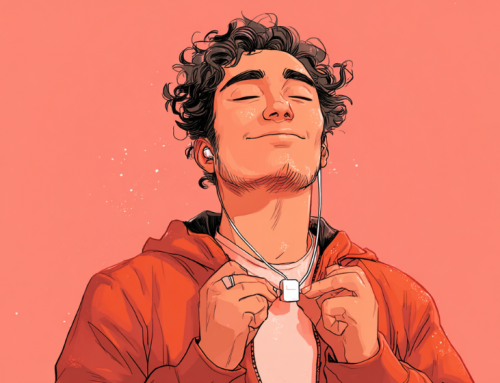Copycatch Enables Effective Photo Manipulation Identification
How do you tell a fake image from a real one? A new software tool can help. Developed by Mayank Vatsa, an associate professor of computer science at the Indraprastha Institute of Information Technology, Copycatch will identify photos that have been manipulated using deep learning to model high-level abstract information hidden in large volumes. The program uses deep learning algorithms and relies on certain areas of the human face to predict facial expressions.
We look at areas of the face that are most likely to be altered – the skin around the eyes, the mouth or the forehead,” Vatsa told Knowhow. “In an untouched image, the face shows up as a blend of finely changing textures. Our algorithm looks for unusual smoothness, a sign of retouching.”
Our of 100 photos, the robot was able to identify 87 of them as redone. Incorporating gender and ethnicity features improves the AI’s performance.
“Vatsa is among researchers across India pursuing applications of deep learning, a quest to mimic the human brain by processing data through multiple layers of software posing as artificial neurons and their networks. Across the world, research groups are probing applications of deep learning that span a range of areas⎯computer security, industrial fault detection, medical diagnosis and financial analysis, among others.”
Other deep learning programs in India are counting people in crowds to prevent stampedes and improve crowd flow, as well as for diagnosing cancer, audio assistants and handwriting recognition.
To read more, go to telegraphindia.com.








Leave A Comment